- Overview
- Trip Outline
- Trip Includes
- Trip Excludes
- Gallery
- Reviews
- Booking
- FAQ
Highlights
-
-
- Scenic short flights both ways from Kathmandu with amazing mountain views
- Spectacular panorama of high peaks with towering South Face of Mt. Everest
- Enjoy scenic and cultural walks on high Khumbu valley within dramatic scenery
- A pleasant time at Namche Bazaar enjoy local traditional life of Sherpa people
- Within beautiful Thyangboche monastery surrounded by mountains and forest
-
An advantage of booking trip with Royal Nepal Group
-
- All airports pick up drop by private vehicle (for both international and domestic flights)
- First aid kit box
- Royal Nepal Group provides sleeping bag, down jackets, T-shirt, cap, duffle bags for porter, city and trekking route maps – if necessary.
- Arrangement of emergency evacuation service (should have insurance for emergency evacuation and will be paid by your travel insurance company)
- Oximeter to check your pulse and oxygen saturation and heart rate twice daily during the trek (very useful to check Altitude Mountain Sickness (AMS) symptoms). This helps ensure your trek is in the safest hands possible.
"Enchanting white glittering snow capped mountain view Glancing eye of Everest "
Important Note
- This trip departure every day of the year
- This trip is fully customizable. We can customize the trip as per your need, please contact us
- This trip is available on both Fixed Departure and Private Group Basis.
- This trip can be booked privately if you’re travelling solo or private or with family.
- Have a big group? We can help as per your needs.
- We can help you make it fit your budget.
- we accept instant booking and online payment
Itinerary Disclaimer:
Best Seasons for Everest Panorama Trekking:
Local Culture and Religion-11 Days short trek to Everest:
Accommodation in Manthali Town:
Climate and Weather-11 Days Everest view Trek:
Itineraries
Day 1
Arrival in Kathmandu (1350m/4430ft)
On first arrival in country’s international airport at Kathmandu meet our Trekking Planner staff and guide for short transfer in the hub of Kathmandu city at Thamel area, an interesting location where all needful items found around in the shops and stores in Thamel.
Check into your rooms after a rest then down at meeting place in the hotel lobby or foyer for group briefing where our guide or leader will provide you with information of the treks with other necessary queries to make your stay with us enjoyable.
Evening includes group welcome dinner in a nice authentic Nepalese restaurant to get the taste of local cuisines with local cultural program to entertainment while you enjoy the dinner.
Included accommodation on BB in Kathmandu (Hotel moonlight/Kathmandu Guest House/Apsara Boutique hotel)and standard meals (welcome Dinner)
Day 2
Full day in Kathmandu with half day sightseeing tour at places of interest
A day dedicated to the exploration of the ancient and medieval capital city of Kathmandu, we shall explore the heritages listed in the UNESCO World Heritage Site List combining the Hindu and Buddhist pilgrimage sites as well as other historical sites and heritages. The Kathmandu Durbar Square is one of the three royal complexes in the Kathmandu valley with historical royal palaces and other sacred heritages. Pashupatinath Temple is a sacred Hindu Temple dedicated to the Hindu God Shiva with several other temples and cultural practices located at the bank of holy Bagmati River. We shall also explore the Buddhist pilgrimage of Swayambhunath Stupa, also known as Monkey Temple due to the habitation of holy monkeys to the north-west area of the temple, and Boudhanath Stupa which is one of the largest and oldest stupas in the world. After exploring these heritages we shall have a pre-trip meeting in the afternoon with the trekking guide in hotel. Here you can get required information and an opportunity to clarify any doubts regarding any aspect of the trek. Overnight in Kathmandu in hotel.
Included accommodation on BB in Kathmandu (Hotel moonlight/Kathmandu Guest House/Apsara Boutique hotel)and standard meals (Breakfast )
Day 3
Fly to Lukla (2828m//9279ft) 35min and trek to Phakding (2780m/9121ft) 3-4 hrs walk
We embark on an interesting trek in the famous Everest region after a short and scenic flight to the hill city of Lukla. With the bird-eye view of majestic Himalayas, lush valleys and hills, terraced fields and serpentine flowing rivers we reach the Tenzing-Hillary Airport in Lukla. After some refreshment and meeting with the rest of the trekking team we start our trek with view of two of the most scenic peaks including the Nubur Himal and Phari peak and end in the Phakding village. Trekking on the ups and downs of the trail and past the Mani walls, prayer stones and smaller settlements we reach to Thado Koshi village that provides striking view of Kusum-Kangaru Peak. Accompanied by the mighty and perennial Dudh Koshi River, we cross several suspension bridges, past prayer wheels and through several settlements in a trail decorated by lush vegetation and overlooked by humongous mountains far away, we reach to the settlement of Phakding. Overnight in Phakding in a lodge.
Included standard accommodation and meals (Breakfast + Lunch + Dinner), Tea/Coffee
Day 4
Trek to Namche Bazaar (3440 m/11287ft) 5-6 hrs walk
The trek continues in this enchanting trail continues further towards the famous Namche Bazaar along the bank of the torrential Dudh Koshi River. Starting with the crossing over Dudh Koshi River and the view of Kusum Kangaruu Mountain, we trek past the ancient gompa, some suspension bridges and waterfalls, through the lush vegetation and smaller settlements we take a round to Benkar valley. Further on the trail we reach Monjo, the entry to the Sagarmatha National Park and get our permits checked after which we cross Jorsale village to reach Larja Dobhan, the point of confluence of Bhote Koshi River and Imja River and keep trekking forward. Ahead this point the trail continues being steeper as the trekkers put some effort to reach Namche Bazaar with the first view of Mount Everest, the head quarter of national park in between the uphill climb to Namche. Overnight in Namche Bazaar in lodge
Included standard accommodation and meals (Breakfast + Lunch + Dinner), Tea/Coffee
Day 5
Rest day at Namche Bazar
We shall have this day separated for the rest and acclimatization in the ancient trade centre and Sherpa hub of Namche Bazaar. Namche is a colorful village with many wonderful and interesting shops and vendors, fabulous food, and stunning views of the surrounding mountains. We can have an early hike to one of the many possible day hiking trails to the satellite villages around Namche before the clouds move in to obstruct the views. Hike to the Everest View Hotel for an outstanding view of the Everest, Ama Dablam and other neighboring peaks is the popular hiking option besides the day hike to twin villages of Khumjung and Khunde. Thame is another popular but a longer hiking option for the trekkers. On the way down to Namche, we can also visit the Sherpa Museum which exhibits the traditional Sherpa lifestyle, tradition and culture, as well as the history of mountaineering in this region and local flora and fauna. After exploring the vibrant valley of Namche and its surrounding, we return to the lodge of our stay to prepare for further trekking. Overnight in Namche.
Included standard accommodation and meals (Breakfast + Lunch + Dinner), Tea/Coffee
Day 6
Trek to Tengboche (3850m//12632ft) 4-5 hrs walk
The day takes us to the much awaited destination of this trek, the monastery of Tengboche. Traversing in the trail that marks increase in elevation gradually, we trek slowly to the village of Sansa past the first view point of Ama Dablam, Lhotse Shar, Taboche and Kang Taiga. Walking on stone steps and descending to Dudh Koshi River we cross a suspension bridge and reach Phunke Tenga, a village with couple of lodges, which is roughly half of today’s trek. In the other half of today’s trek we start with the uphill trek through forests adorned with rhododendron, fir, magnolia and pine trees and reach to the village of Tengboche after some hours of trek. A village surrounded by marvelous scenery of Himalayas, it is more popular for the ancient monastery and the historical Mani Rimdu festival. Tengboche Monastery is one of the largest monasteries in the region which hosts rich wall Thangka paintings and other ornate paintings decorating the monastery. The star attraction of this monastery is a twenty foot statue of Lord Buddha and the traditional musical instrument of Buddhist priest Lamas, who are occasionally seen performing with these instruments. Besides the monastery, the surrounding area is also marvelous surrounded by rhododendron forest that contrasts the white Himalayas. Overnight in Tengboche.
Included standard accommodation and meals (Breakfast + Lunch + Dinner), Tea/Coffee
Day 7
Trek to Khumjung (3753m/12313ft) 4-5 hrs walk
This day marks the beginning the next phase of our trekking experience in this marvelous region where we retrace the journey back to Sanasa and head for the beautiful Khumjung valley. After couple of hours of downhill trekking through the forested path we reach the village of Sanasa, which has the trail junction of Khumjung, Gokyo and Namche coming together. Heading on to Khumjung village, the much favorite village of legendary Everest climber Sir Edmund Hillary, we trek through much windy trail leading to the village though the trail is quite peaceful and with excellent views en route. A much different village than Namche, Khujung is a small settlement with an ancient monastery that supposedly hosts the skull of Yeti. Besides this, Khumjung also hosts a school built by Sir Edmund Hillary. We have overnight stay in this village, a large flat agricultural land between low ridge above Namche and holy Khumbila Mountain.
Included standard accommodation and meals (Breakfast + Lunch + Dinner), Tea/Coffee
Day 8
Trek to Monjo (2835m/9303ft) 4-5 hrs walk
Today we shall explore other beautiful villages in the Khumbu region before trekking down to the village of Monjo. Leaving the Khumjung village, we start our trek with a easy half an hour descent to the sister village of Khunde, the village with green roofed houses and host of the only hospital in the Khumbu area built by Sir Edmund Hillary Foundation. After visiting the hospital, we trek past the traditional Sherpa houses, cultivation fields and long Mani prayer wall to the southern direction. After the prayer wall we have a short uphill ascent to the top ridge of the Syangboche airstrip. Trekkers move ahead through a long downhill descent to the river bed of Dudh Koshi River which provides an aerial view of Namche Bazaar which seems to spread out in a hill. After spending some time in Namche we trek further to the settlement of Monjo, a settlement just nearby the official gateway in and out of the Sagarmatha National Park. Increment in forested areas, beautiful waterfalls and streams are common in this trail to Monjo. Overnight in Monjo.
Included standard accommodation and meals (Breakfast + Lunch + Dinner), Tea/Coffee
Day 9
Trek from Manjo to Lukla (2828m/9279ft) 4-5 hrs walk
In our last trekking section in the Everest region in this expedition, we set Lukla as the destination for today. We trek past the Uche Chholing Monastery and cross a couple of suspension bridges and small settlement to reach the Benkar village, the junction of trail leading to Thame and Namche villages. The climate becomes increasingly warmer and alpine trees and vegetation is gradually outnumbered by the cultivation of Sherpa people and landscape colored with the rhododendron flowers. Past the waterfalls, prayer wheels and prayer stones, through several big and smaller settlements, crossing through several suspension bridges and accompanied by the mighty Dudh Koshi River we reach the destination for today, the hill city of Lukla. In the trail overlooked by mountains, trekkers are occasionally greeted by caravan of fellow adventurers and locals with their yaks and ponies. Overnight in Lukla.
Included standard accommodation and meals (Breakfast + Lunch + Dinner), Tea/Coffee
Day 10
Fly back to Kathmandu(1350m/4430ft)
You have finally made it through the trek! We leave for Kathmandu after completing the trek in the Everest region. The flight leaves Lukla early in the morning due to the disturbances created by weather condition as the day progresses. The beautiful scenery and breathtaking Himalayas, vast landscape and rolling hills and mountains besides the thrill of witnessing the magnificent surroundings from an aerial view is beyond description. After we land in Kathmandu, you shall be transferred to the hotel of your stay. You may go for some souvenir shopping in the streets of Thamel and nearby markets. Also get your bags packed for the onward journey to your respective places. Overnight in Kathmandu.
Included accommodation on BB in Kathmandu (Hotel moonlight/Kathmandu Guest House/Apsara Boutique hotel)and standard meals (Breakfast )
Day 11
Final departure
We are to the end of this journey that has taken us to the lap of the Himalayas and provided us the opportunity to get up close and personal with the Himalayas without being on strenuous altitudes. You may also do some shopping if time permits. You will be accompanied by a representative of Trekking Planner Nepal as you are transferred to the Tribhuwan International Airport for your scheduled flight to the onward destination at least three hours prior to the scheduled time. We hope that you have with you a piece of this amazing nation full of natural beauty, diversity and adventure besides the culture, traditions and historical heritage. We hope our service and charm of Nepal has captivated you to come back again!
Included standard meals (Breakfast ) and Tea/Coffee
INCLUDES
-
- All airport pick up drop by private vehicle (for both international and domestic flights)
- Welcome and farewell dinner dinner in an authentic restaurant
- 03 night twin/double sharing deluxe accommodation with breakfast at 3 star hotel in Kathmandu
- Guided sightseeing tours in Kathmandu with private vehicle.
- Kathmandu to Lukla to Kathmandu flight with airport departure tax
- National Park entrance fee and Trekkers’ Information Management System( TIMS card)
- A highly experience, helpful, knowledgeable, friendly, English speaking, well-trained, Government license holding guide. Price includes his salary, food, drinks, accommodation, transport and insurance.
- 02 guest to 01 porter with their insurance, salary, food, accommodation and equipment
- We provide an assistant guide his salary, food, drinks, accommodation, transport and insurance walking with group to support where necessary as per the group size
- twin/double shearing
- Twin/double shearing lodge accommodation in the mountain during the trekking
- Three meals a day; breakfast, lunch and dinner and tea/coffee during the trekking.
- All applicable government and local taxes per the itinerary
DOESN'T INCLUDE
-
- Your Nepal Visa fees (should bring small accurate fees in USD and 02 passport size photos)
- All the International air fare to and from Kathmandu (no need to pay departure tax for international flight)
- Lunch and dinner in Kathmandu
- Personal travel and health insurance as well as insurance for helicopter evacuation
- In case of extra nights’ accommodation, lunch and dinner in city due to early arrival and late departure as well as early back/return from mountain/trekking (due to any reason) than the given time period of itinerary. We can help you arrange extra nights accommodation.
- Your personal expenses such as (laundry, baggage charge, phone calls, battery recharge, bar and beverage bill, boiled or bottle water, hot and cold shower, extra porter.. etc)
- The tips to the trekking crews and drive
Based on location, the tea houses vary on their quality and style on this trek. Each of them have communal room downstairs with one or two bed bedrooms above them. You have to share toilet facilities. Some have hot shower facilities but some will have a stand pipe. Tea houses use a burning stove in main communal area. The other rooms are unheated. Tea houses do not have money exchange facilities. We recommend you exchange cash in Kathmandu.
At the lower altitudes there is electricity to charge your electronics. As we go higher tea houses become more basic. Cooler temperatures drain battery life, ensure your batteries last a little longer by putting it inside pocket of your coat during the day or under your pillow at night.
At most, 1-2 liters is sufficient. You will be able to refill bottles at lunch time. When you are at high altitude you have to drink more water to alleviate symptoms of altitude.
Yes, trekking poles make you easy to walk over rough or steep terrain. Trekking poles makes your body and leg to move more safely. Furthermore, it will help relieve the stress on your legs. So, we suggest you use them.
Tea houses and other small shops on the way have stores which sell bottled water and other supplies you may desire. There are no any plastic recycling facilities in Nepal, we encourage you to bring chlorine tablets or a filter and use previously boiled water in the tea houses.
You have to bring iodine tablets with you. Chlorine tablets are widely available. The most effective and commonly used version of chlorine is chlorine dioxide, which is tasteless and odorless. Tablets can be bought cheaply and usually 1 tablet is sufficient to purify 1 liter of water. Neutralizing tablets can also be bought to get rid of the smell and taste of chlorine or iodine. This will need to be done for water obtained using hand pumps or in streams during the trek.
Altitude produces physical changes in the body. The higher you go, more pronounced those changes. If you gain a lot of elevation quickly then you experience dizziness, nausea, headaches, and dehydration, you are probably suffering from altitude sickness. In rare cases this may worsen, so the group leader keeps a close watch on all trekkers. The group leader is trained to recognize Acute Mountain Sickness (AMS). If a trekker shows any signs of AMS they will be evacuated to a lower, safe altitude immediately. To minimize effects of altitude you ascend slowly which allows for safe acclimatization.
It depends on the nature of your illness. If you suddenly feel dizzy or weak, you have to sit or lie down. If you still feel sick, keep a warm and rest until you can get medical help. You will be carried down or evacuated if you do not start to feel better. Although we provide a first aid kit, we advise travelers to take a personal first aid kit too.
In serious cases, you may need helicopter rescue. Our guide will suggest you use it if your condition is very serious. Therefore, helicopter rescue insurance is necessary for every trekker before you come to trek with Royal Nepal Group
Yes. The weather is changeable in the Himalaya so you should expect to experience all four seasons in one day. Make sure you have plenty of warm layers which you can shed or add as required. Even in winter it can be as warm as 19C during the day. The higher the altitude the higher the temperature difference is at night. It can get very cold at night, around -10C in October/November, and around -20C from December to February.
Alcohol is consumed in Nepal. You can buy it in tea houses in the trek. Local alcohol is also available. However, we suggest not to drink alcohol at high altitude.
Hydro electricity or solar power sources are used to charge your electrical items like cameras, batteries, iPods, phones etc. Tea houses or lodges may charge small fee per hour for charging facilities. We recommend buying adaptors before the trip since plugs are limited. In Nepal 220-240 volt power is used and sockets fit round and flat plugs.
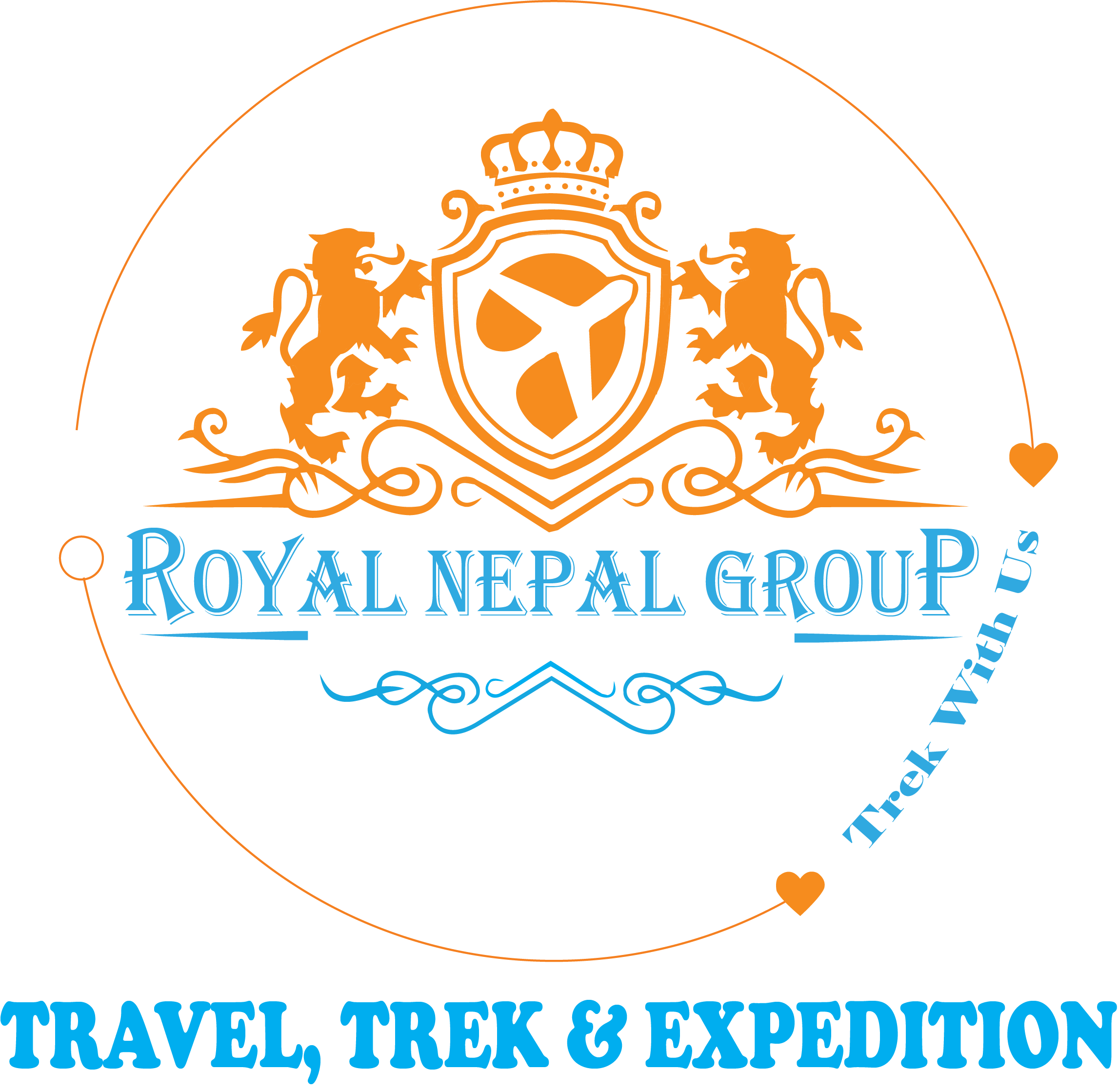
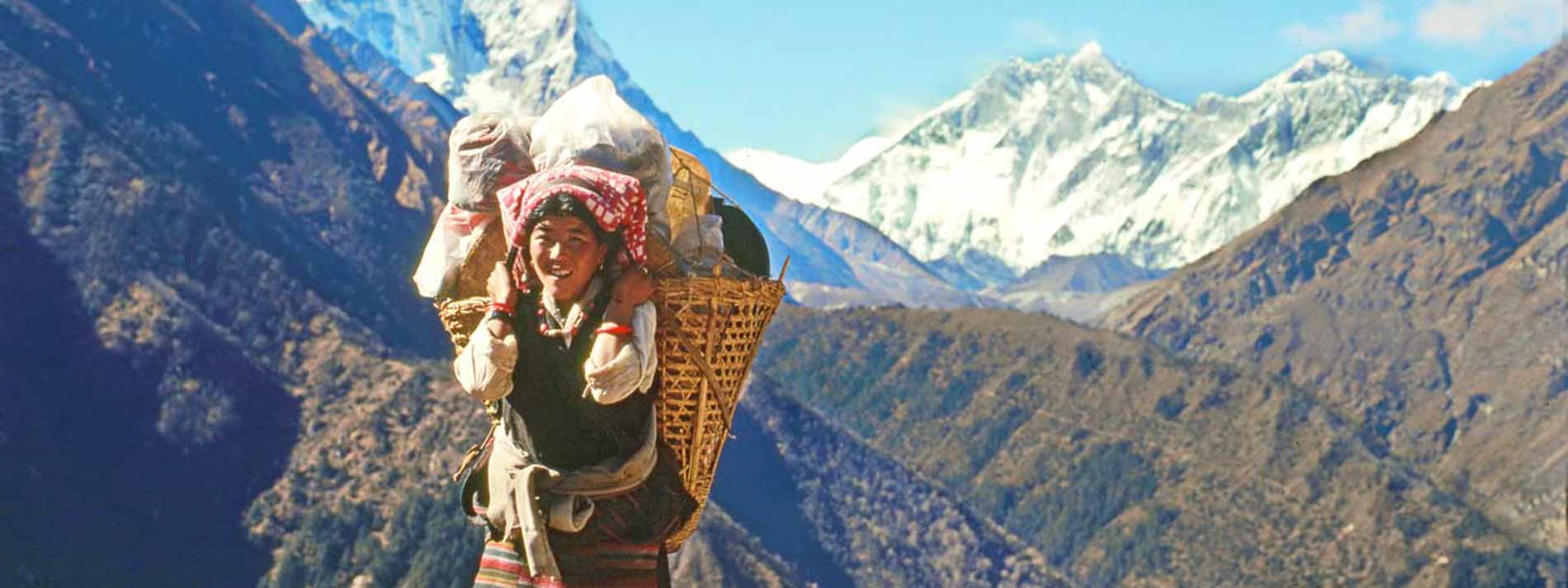
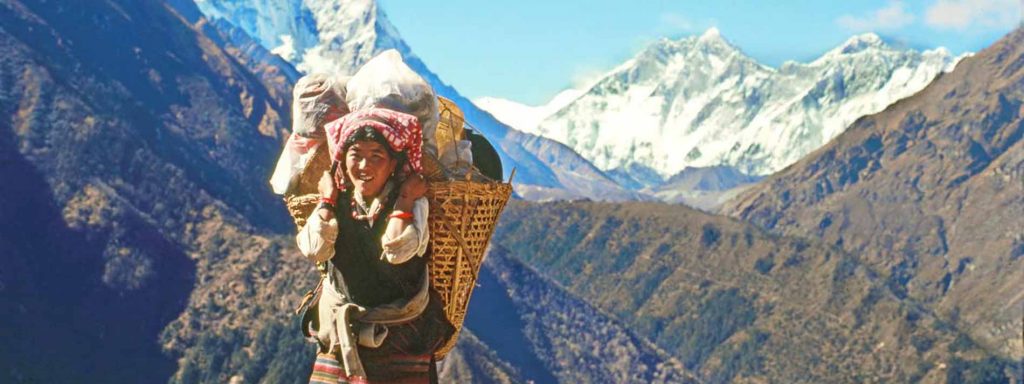
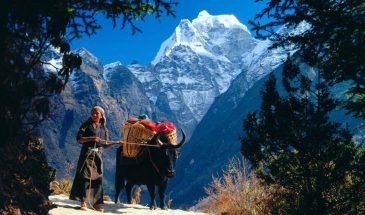
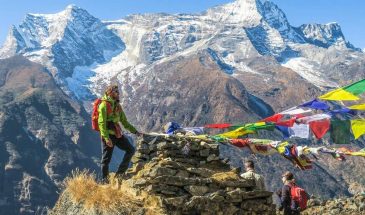
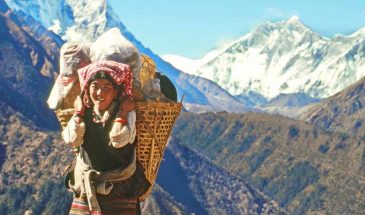
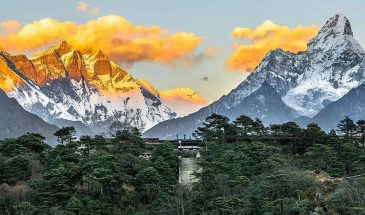
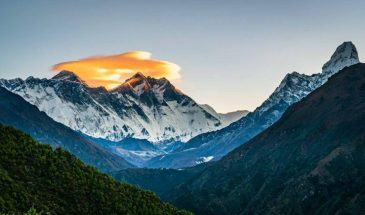
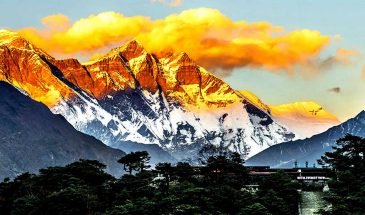
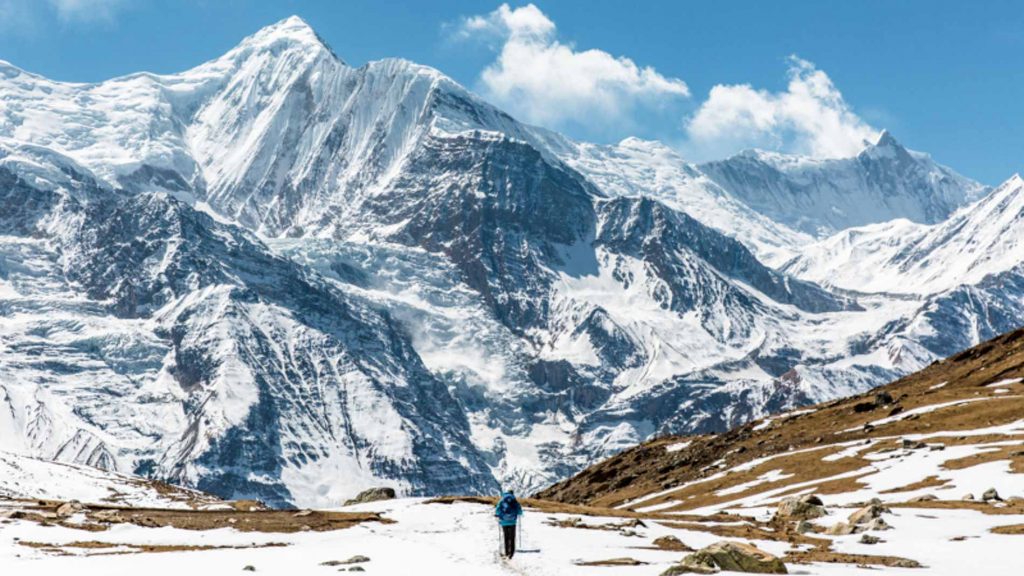
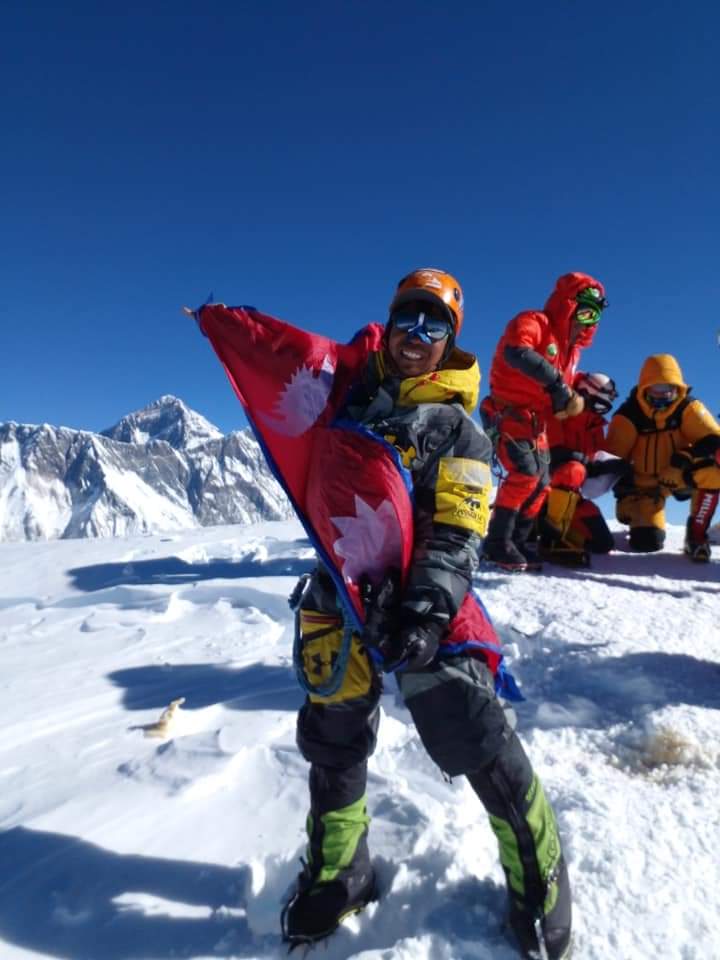

There are no reviews yet.